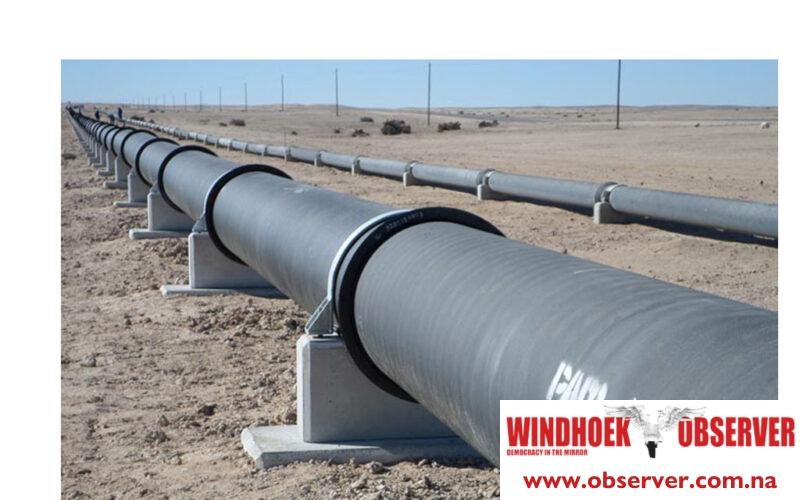Chamwe Kaira
The government plans to expand the country’s bulk water infrastructure from 1,608 million cubic meters to 2,100 million cubic meters by 2030 to meet growing domestic, agricultural, and industrial needs.
The expansion forms part of the sixth National Development Plan (NDP6), which outlines several interventions to improve and diversify water sources.
These include building water purification plants, artificial recharge of inland aquifers, and developing pipelines to distribute raw water.
“Seawater and brackish water will be desalinated and integrated into the supply system. These efforts will culminate in a resilient bulk water infrastructure network that meets current and future water demands and supports sustainable economic growth,” the NDP6 documents state.
The planned infrastructure includes surface dams, pipelines, groundwater schemes, and water treatment plants designed to capture, store, transport, and treat water for multiple uses.
In 2024, the country’s water supply capacity stood at 1,608 million cubic meters.
The demand was around 635.6 million cubic meters and is projected to rise to 771.7 million cubic meters by 2030.
Namibia’s water potential is estimated at 343 million cubic meters from groundwater and 4,909 million cubic meters from surface water.
The country has 17 large surface dams with a total storage capacity of 1,556.712 million cubic meters.
Neckartal Dam is the largest, with a capacity of 857.417 million cubic meters.
During the NDP5 period, two major canals were rehabilitated to improve bulk water supply.
The Calueque-Oshakati Canal was upgraded along the section from the Omahenene Border Post to Olushandja Dam.
The improvements benefit the Etunda Irrigation Scheme, small-scale farmers, and water purification plants at Olushandja, Outapi, Ogongo, and Oshakati.
The Etaka Canal was reopened to supply water to livestock in communal farming areas south of the Omusati and Oshana regions during dry periods.
The Eastern National Water Carrier, also known as the Omatako Canal, was restored to reduce water losses and increase the transfer of water from the Karst Aquifer to Omatako Dam.
This supply feeds into Windhoek and central parts of the country, including sections of the Otjozondjupa and Erongo regions during dry seasons.




